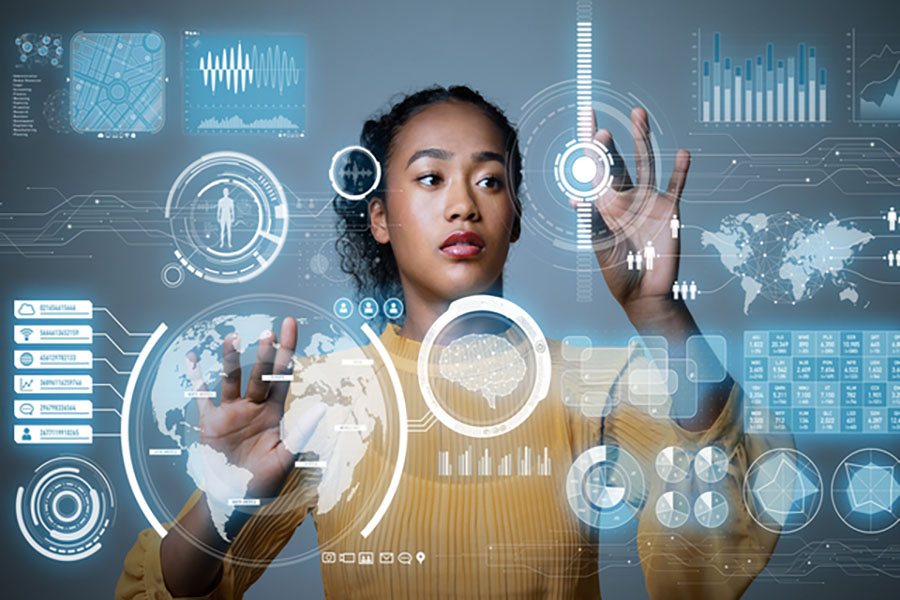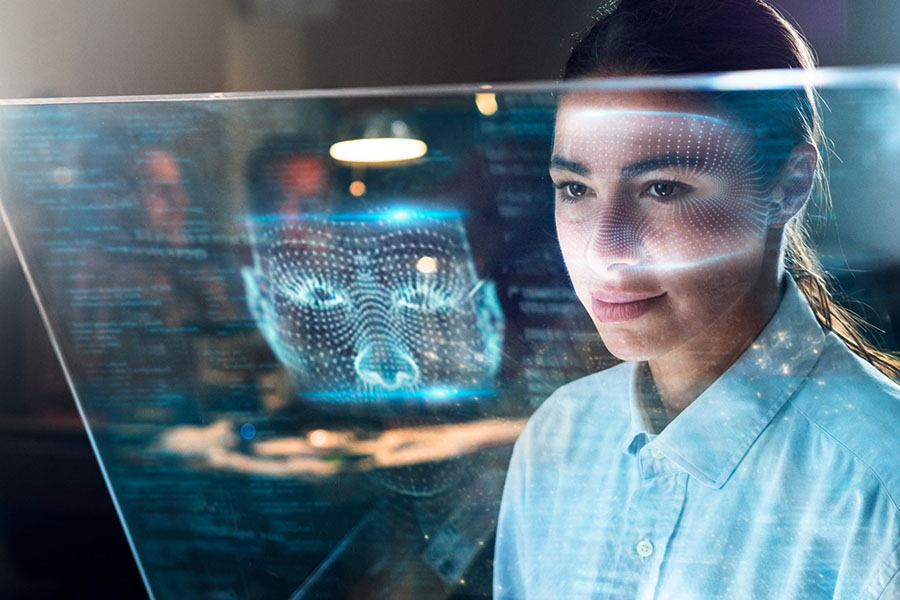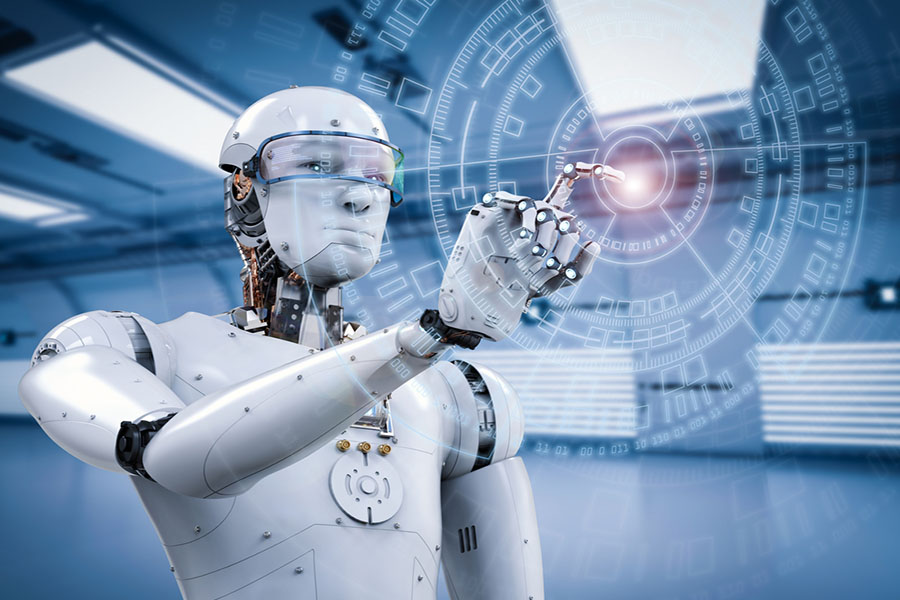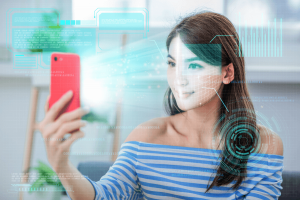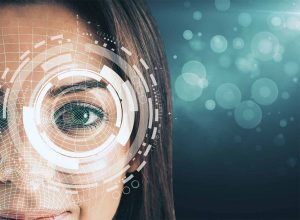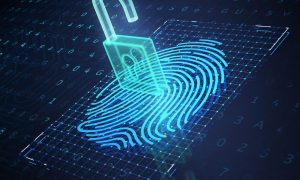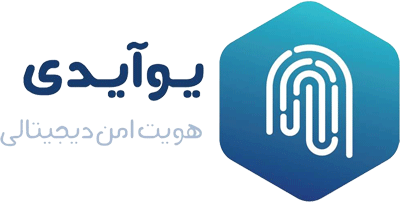Traditional ways of identity verification, such as “knowledge-based authentication” and “two-step authentication,” are no longer appropriate. Many of the questions in the knowledge-based method are based on information that cyber criminals may easily find on social media or other publicly open sources of information, and use that information to pass these security tests in order to access consumers’ accounts.
Furthermore, since July of 2016 the US National Institute of Standards and Technology (NIST) no longer recommends the use of two-step authentication systems that use SMS, citing several security flaws.
As a result, several startups employ Identity Verification techniques that require users to provide a copy of their government-issued identity (such as a driver’s license or passport). Nevertheless, if these documents are also lost or stolen, profiteers and fraudsters can still use them, as actual and legal documents, to create fake accounts. This means that businesses must employ more effective techniques to verify new users.
Identity Verification Based on AI
With the rise of internet frauds and account theft, companies must be Cautious about these crimes and scams. Online Identity Verification, which employs face matching and liveness detection technologies, has significantly reduced these frauds and cyberattacks. This method creates formidable obstacles for these profiteers. Remember that the profiteer seeks simple purposes; the more obstacles and hurdles there are, the more likely profiteers are moving to less secure websites.
Read more about How Does Identity Verification with AI Work?
Liveness Detection Technology
The “customer identity verification” process is a carefully developed strategy aimed at avoiding fraud, identity theft, and money laundering by collecting client identification information, keeping it, verifying it, and monitoring changes and customer history.
Institutions cannot operate successfully unless these sorts of procedures are taken into account. Following these guidelines, establishing thorough identity verification of customers and verifying documents not only enhances both parties’ sense of security and confidence but also raises awareness of service quality.
The main purpose of identity verification is to establish the validity of client information. This method has become a common procedure for many businesses and is an indication of their personal trustworthiness.
Using liveness detection in artificial intelligence technology identifies the user’s genuine face from a non-living photo. This avoids by utilizing a photo or video of user’s face.
The UID system provides ideal dual platforms for detecting the user’s face alive; Liveness detection for mobile, and Liveness Detection web, to verify that the user is physically present and that his or her existence is totally real and valid.
Image Liveness Detection Technology for Mobile
More than half of the world’s population is expected to use their smartphones as the primary means of identification and access to private information by the end of 2021. With the UAI verification mechanism, new users must give us a few seconds of selfie video and move their head to the left or right (these movements are random). By randomly rotating the head, photographs, prints, and fake pre-recorded videos can be recognized from real-life images captured with the camera.
Image Liveness Detection Technology for Web
If you want your online company to have desktop authentication capabilities and your users to be able to submit video via a camera, we present the “Web Image Live Detection System.”
How do you know if the photos of these people match the photos on the registry? This system requires users to take selfies! In this manner, it is possible to guarantee that a genuine, living person is utilizing their sensitive information or doing a transaction.
Face Matching Technology
Simply defined, a face matching algorithm is a collection of criteria that a computer employs to detect a face in an image and then compare that face to other faces to determine whether or not they match.
We can divide these algorithms into two categories:
- Classic machine learning algorithms that use customizable detail descriptors.
- Deep Learning Based Methods.
Details descriptor
They are used to identify the features of a person’s face from a picture. These characteristics are utilized as input data for machine learning systems. These applications include the following:
- Special vectors / principal component analysis
- Local Binary Pattern Histographs (LBPH)
- Fisherfaces
- Incorrect scale feature conversion (SIFT)
- Powerful Accelerator Descriptor (SURF)
Some of these descriptors can be combined to create a face matching algorithm, such as a special vector combination and LBPH.
Machine learning algorithms
Face matching procedures are performed by combining machine learning techniques with descriptors. They train a facial recognition model using data from these descriptors as input. Here are some examples of machine learning algorithms utilized in this application:
- Neural Networks
- Car vector support
- The nearest neighbor
- Decision Trees
Deep learning methods
Face recognition and picture matching are the most recent approaches.
Different algorithms are used by different facial recognition models to complete their jobs. Some systems employ an algorithm that recognizes face details with distinguishing characteristics taken from a picture.
This algorithm checks the position and form of the eyes, jaw, and other facial features. The information gathered from this study will be utilized to look for photos with comparable qualities in the future.
Other methods, on the other hand, function by normalizing a collection of face pictures before compressing individual face data. Only the information required to recognize the face will be kept. A survey’s results are compared to a database of face information. This system was one of the first to be effective in terms of facial recognition.
Face recognition algorithms can be divided into two general categories:
- Geometric method: Which focuses on looking at the details of different faces.
- Visual method: Which divides the presented image into separate values.
To remove differences, these values are compared to the values of the templates. Algorithms are categorized into two kinds in various articles:
- Holistic: The holistic approach focuses on the overall identification of the face.
- Partial: The detailed method divides the face into different parts and examines each one separately.
What are the applications of the face matching algorithm?
The recognition technology has a variety of applications, including:
۱) Know your customers (KYC)
Financial service providers are legally allowed to take anti-money laundering (AML) measures, and one of them is KYC (Know your customers). This means that they need to know who they are working with and what risks each of these people may pose.
Face matching technology is used in this field to identify a customer (or a person who may be a customer) and answer the query, “Is this the person who claims it?”
Typically, an artificial intelligence system is used to identity verification by matching a selfie of the user with a photo in his or her identity file. It then checks to see if the two pictures match.
۲) payment Confirmation
With the growing popularity of mobile payments and the implementation of the Payment Services Directive 2 (PSD2) in the European Union in late 2019, biometric payment approval is becoming increasingly crucial.
PSD2, for example, has made dual-standard identity verification required for many client-based payments. In reality, this means that there will be a greater demand for biometric authentication. It will be simple to match the face to the payment confirmation. Customers may simply match their picture with the service provider’s database by taking a selfie with their smartphone.
Face recognition can also be used to make payments in-store. That is, as consumers leave the store, their faces are scanned. RFID chips may be used to mark and monitor goods, and buyers’ bank information is recorded in the database with their pictures. This system deducts the purchase money from the customer’s account without requiring the buyer to go through the usual purchase process at the checkout.
۳) Access control
Face recognition technology in access control links to a camera that catches a person attempting to obtain access to a room, building, event, software, or device. It then compares this image to photos of the faces of the individuals who have access in the database.
Access permissions will be granted if two pictures are identical. One of the benefits of facial recognition technology in this field is that many people are already familiar with it. Because same technology is now used to unlock newer cellphones and smart home security systems like Ring and Nest.
One study found that in the United States, three out of four ads use face recognition to identify locals and foreign travelers. This demonstrates the enormous potential for using facial recognition in access management.
۴)Face clustering
This refers to the process of using facial recognition technology to categorize identical or similar faces. You may use this approach to organize all of your selfies, photographs of your closest buddy, and so on.
۵) Monitoring
Face recognition technology may be used in stores, airports, and other public places to identify persons on a list of thieves, criminals, and terrorist suspects. These applications need video-compatible facial recognition technology, which Sightcorp currently does not support.
Conclusion
A proper identity verification method is not only beneficial for the security of institutions and businesses, but it is also a clear indicator for the consumer. As a result, the security of identity verification helps your consumer feel at ease. This procedure demonstrates professionalism and prudence. This procedure demonstrates professionalism and prudence.
Keep in mind that a well-executed identity verification procedure is not a complicated phenomenon. Rather, it simplifies the process and is a reasonable reaction to market demands. Financial institutions are under intense pressure to combat fraud and identity theft.
Given today’s technology, opportunities, ideas, and cyber assaults, “Live Customer identity verification” appears to be the answer that is more required than ever.
Despite the fact that UID employs cutting-edge technology, we think we have achieved the powers of artificial intelligence. Our ongoing commitment in developing superior products boosts customer confidence and efficiency. Finally, this feedback loop improves our capacity to detect fraudulent papers and increases the user experience.
For more information about our Digital Identity Verification services click on the link.

